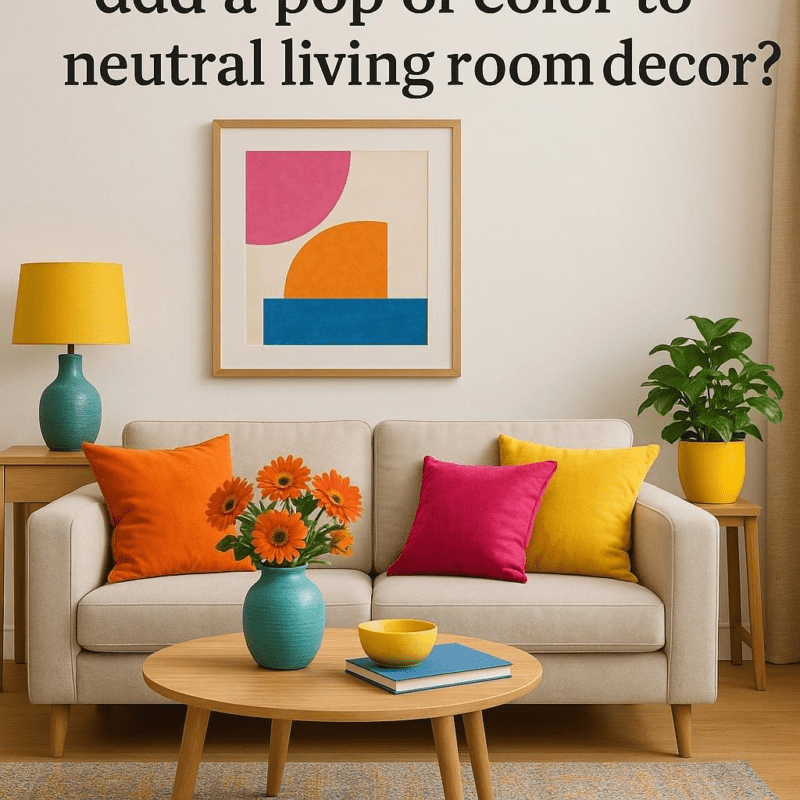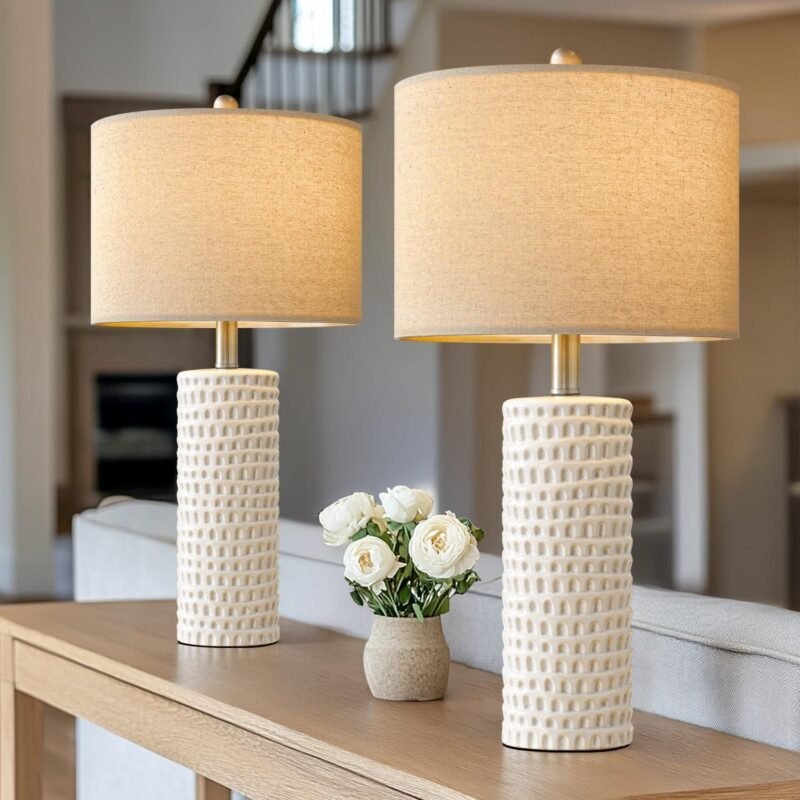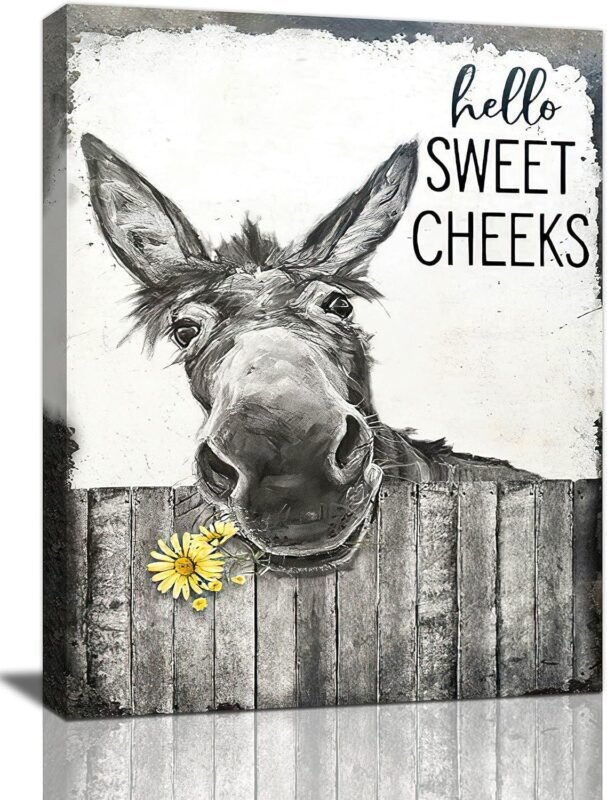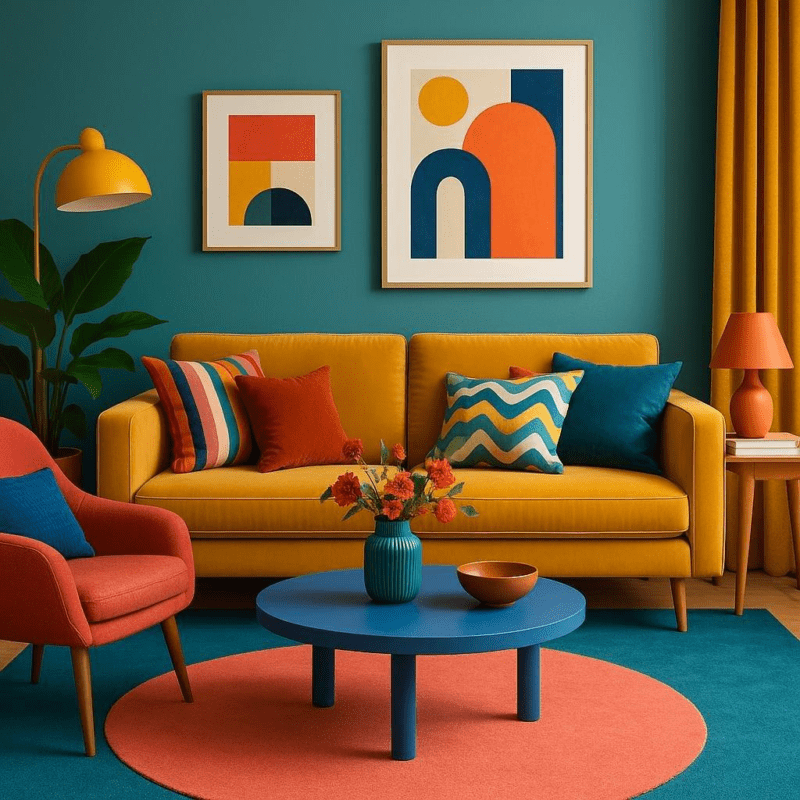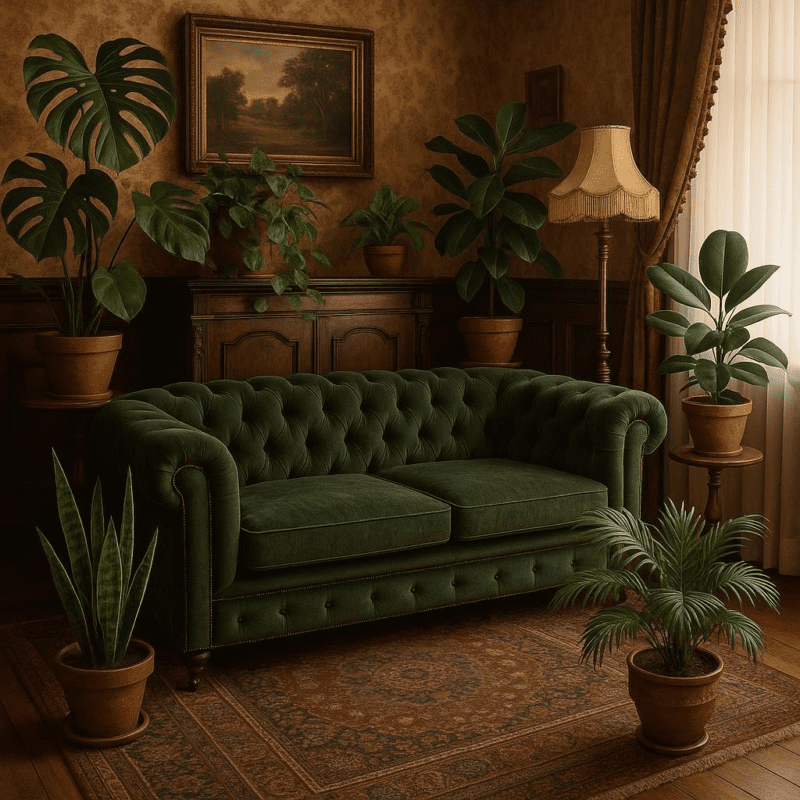How can I create a harmony of patterns in my living room decor?
Creating a harmonious blend of patterns in your living room decor can transform your space from ordinary to remarkable. Patterns add personality, texture, adn visual interest, but mixing them effectively requires a thoughtful approach to avoid a chaotic or overwhelming look. Whether you’re a seasoned decorator or just starting to explore interior design, understanding how to balance colors, scales, and styles of patterns will help you craft a cohesive and inviting atmosphere. in this article, we’ll explore practical tips and creative ideas to help you achieve a seamless harmony of patterns that reflects your unique style and makes your living room feel warm and welcoming.
Understanding the Basics of Pattern Harmony in Interior design
Creating a cohesive look when mixing patterns involves understanding the relationship between scale,color,and texture. Start by choosing a common color palette to unify the different designs. Such as, if your primary colors are navy, white, and gold, find patterns that incorporate one or more of these hues.think of patterns as having three main roles: dominant, secondary, and accent. The dominant pattern is the boldest and usually larger in scale, used on a sofa or curtains. Secondary patterns are smaller and more subtle, like throw pillows or rugs, while accent patterns add contrast in small doses.
Balance is key; avoid overcrowding by limiting the number of patterns to three or four. Here’s a swift reference to help you get started:
| Pattern Type | Scale | Suggested Use | Example |
|---|---|---|---|
| Floral | Large | sofa upholstery | bold blossoms |
| Stripes | Medium | Cushions | Pinstripes |
| Geometric | Small | Throws or accessories | Chevron |
| Polka Dots | Accent | Decor items | Subtle spots on vases |
Incorporating texture alongside pattern adds another layer of interest and depth. Consider pairing smooth silk curtains with nubby tweed pillows or a fringed wool rug beneath a sleek leather armchair. This contrast enhances pattern harmony by engaging multiple senses,making your living room feel thoughtfully composed and inviting.
Choosing a Cohesive Color Palette to Tie patterns Together
When working with multiple patterns in your living room, selecting a color palette that flows seamlessly across all elements is key to establishing unity. Start by choosing a base color that resonates with the room’s mood-whether it’s calming neutrals,vibrant jewel tones,or soft pastels. Use this base shade consistently in your larger furniture pieces or walls. Then, pick two to three complementary colors from the same family or contrasting tones with similar intensity to weave through your patterns. This curated palette acts as a visual thread, balancing bold patterns and preventing the decor from feeling chaotic.
To make the process easier, consider the following tips when deciding on your palette:
- Limit your palette to 3-5 hues to maintain cohesion.
- Use varying shades of the same color for depth and interest.
- Incorporate neutrals to ground the space and give the eye rest.
- Sample swatches together before committing, ensuring harmonious interaction.
| Color palette Type | effect | Suitable Patterns |
|---|---|---|
| Monochromatic | Elegant & unified | Stripes, subtle florals |
| Complementary | vibrant & dynamic | Geometric, bold prints |
| Analogous | Soft & harmonious | Damask, paisley |
Mixing Patterns with Different Scales for Visual Interest
When combining patterns in your living room, balancing scales is key to avoiding a chaotic feel. Think of large,bold patterns as the statement pieces-they draw the eye and become focal points. In contrast,smaller-scale patterns act as complementary accents that fill the space without overwhelming it. for example, pairing a grand floral sofa fabric with petite geometric cushions can create a dynamic yet harmonious look. The differences in scale create rhythm and flow, making the room feel thoughtfully curated rather than cluttered.
To help you play with this balance, here’s a quick guide to mixing patterns with varied scales that work well together:
| Large scale | Medium Scale | Small Scale |
|---|---|---|
| Oversized florals | Chevron or stripes | Tiny polka dots |
| Broad abstract shapes | Plaid or houndstooth | Delicate paisley |
Tips for success:
- Maintain a consistent color palette so different patterns feel connected.
- Use solid colors as visual breathing space between patterns.
- Consider texture along with pattern scale to enhance depth and interest.
Incorporating Textures and Solids to Balance Your Living Room Decor
A well-balanced living room often hinges on the thoughtful interplay between textures and solid colors. Incorporating varied textures such as soft velvets, nubby linens, or even sleek leathers introduces depth and tactility, inviting comfort and visual interest without overwhelming the senses. When pairing these textures with solid hues,opt for colors that harmonize with your room’s palette,allowing the patterns to shine without clashing. For example,complement a boldly patterned rug with solid-colored cushions in matching tones,or balance floral upholstery with neutral-toned throws to anchor the space cohesively.
Consider using a simple table to strategize your texture and solid combinations. Below is a quick reference guide to inspire your choices:
| Texture | Suggested Solid Color | Effect |
|---|---|---|
| Velvet | Deep Navy | Luxurious and cozy |
| Linen | Soft Gray | Light and airy |
| Leather | Warm Tan | Modern warmth |
| Woven Wool | Earthy Olive | Rustic comfort |
- Mix textures in small doses to create focal points without clutter.
- Use solids to provide breathing space amidst vibrant or busy patterns.
- Balance tactile contrasts – pair smooth surfaces with coarse ones for intrigue.
To Wrap It Up
creating a harmonious blend of patterns in your living room decor is all about balance, coordination, and a keen eye for detail. By thoughtfully mixing colors, scales, and textures, you can transform your space into an inviting and visually engaging environment. Remember to start with a consistent color palette,vary the sizes of your patterns,and incorporate solid elements to give the eyes a place to rest. With these tips in mind, your living room can become a beautiful reflection of your personality-filled with patterns that complement rather than compete. Happy decorating!

